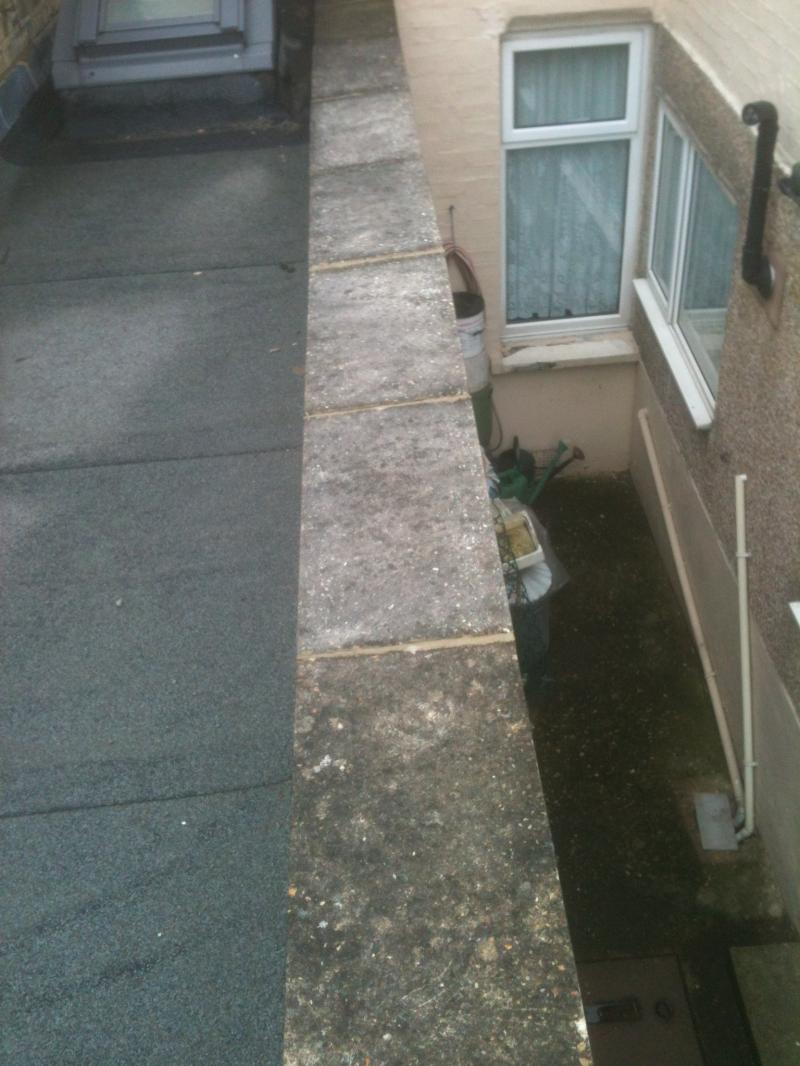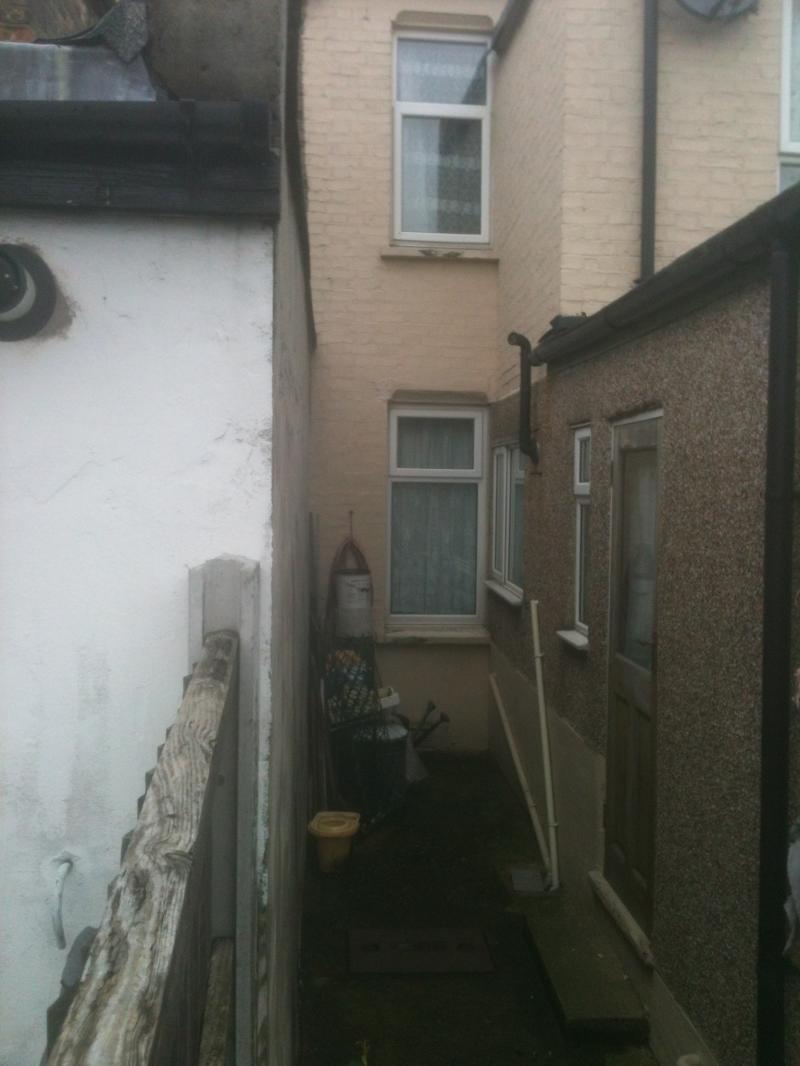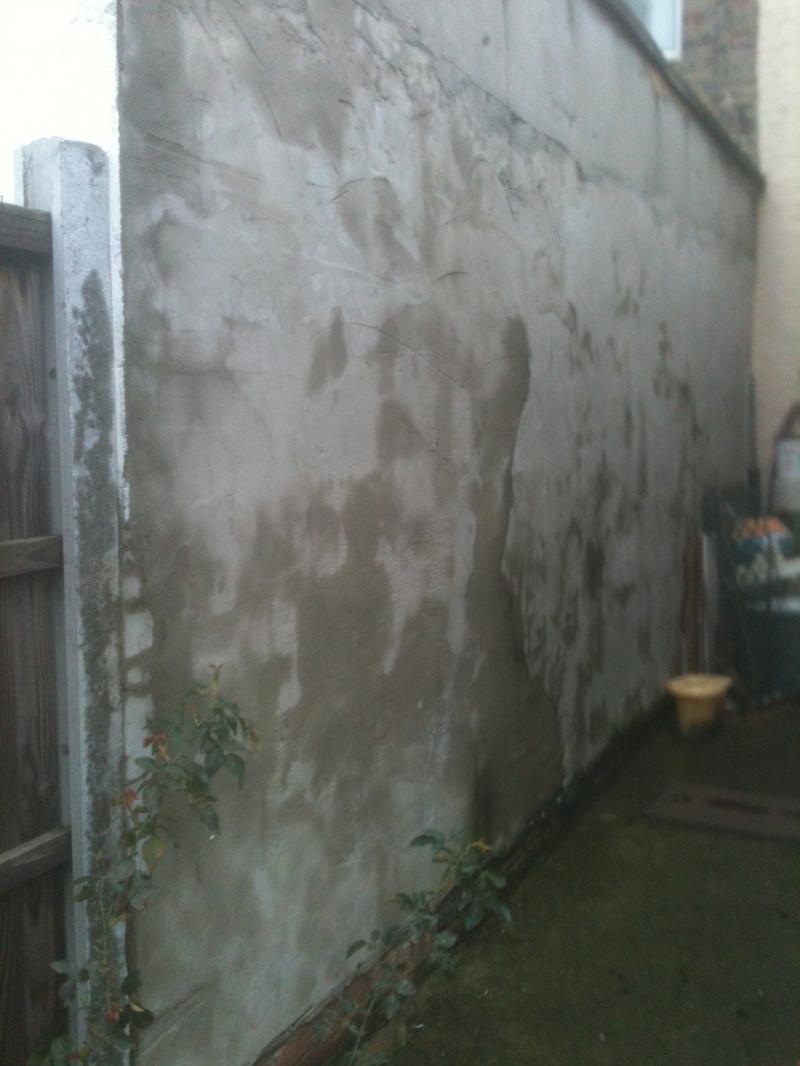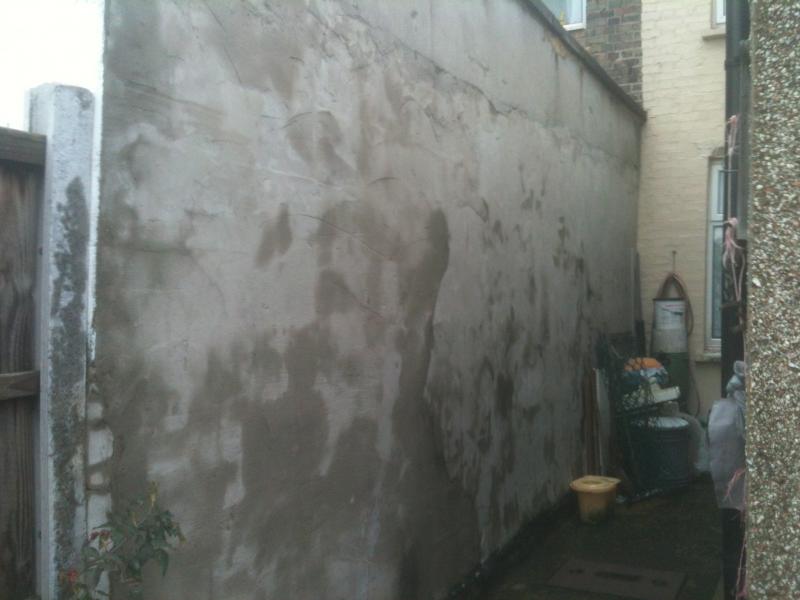Hello all
We have some damp issues in our house, and it's been suggested that one reason for this may be that the render / screed (sorry, I don't know which is the correct term) on an external wall is absorbing moisture.
The wall is part of an extension built around 1990, and I believe is made of breeze blocks (another incorrect term?). It is not completely vertical, but slopes inwards slightly from the base. As a result water drips onto the face of the wall from the coping stones on top of the parapet wall above. Looking at it whenever it has rained, obvious damp patches can be seen.
I was wondering if anyone on here has any views about this? In particular I'd like to know what is the proper way of rendering such a wall.
Many thanks for any assistance with this.
Regards
Gareth
We have some damp issues in our house, and it's been suggested that one reason for this may be that the render / screed (sorry, I don't know which is the correct term) on an external wall is absorbing moisture.
The wall is part of an extension built around 1990, and I believe is made of breeze blocks (another incorrect term?). It is not completely vertical, but slopes inwards slightly from the base. As a result water drips onto the face of the wall from the coping stones on top of the parapet wall above. Looking at it whenever it has rained, obvious damp patches can be seen.
I was wondering if anyone on here has any views about this? In particular I'd like to know what is the proper way of rendering such a wall.
Many thanks for any assistance with this.
Regards
Gareth






